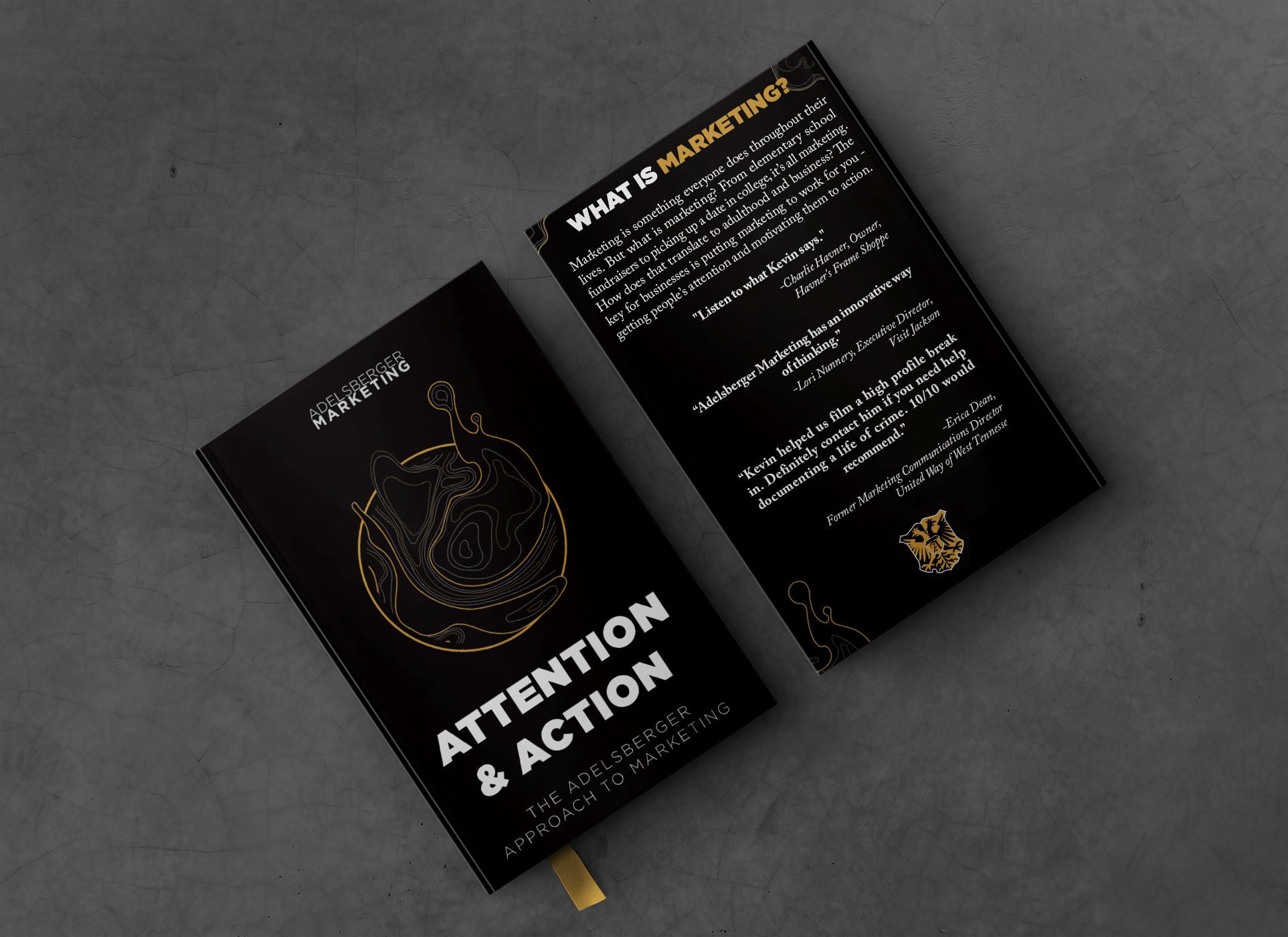
Digital Marketing
Digital Marketing is the standard in advertising these days. More and more of the budgets from major companies are being focused on digital marketing. Digital marketing is excelling for a few reasons. The main reason: It is where people’s attention is. People are on their computers and phones more than ever; their attention is on their devices. Whether that be on Youtube, Facebook, the weather app, or their bank, so much of people’s lives are seen through their devices. Additionally, digital marketing allows targeting in a way that legacy marketing (advertising options that existed before the internet) options never have. Being able to target someone by travel habits or the information they express other places online is a revelation to marketers. Lastly, it is very affordable. Because of the scale,specificity of the marketing, and its ability to change quickly, the cost per purchase of advertising is a fraction of most legacy media. It is possible to create an ad campaign on Facebook for $10. Not so with legacy media.
1. Google Ads- One of the most powerful forms of advertising in the market is Google Search Ads. These ads appear when you do a Google search for something. At the top of the search list, an ad appears for a related product. While the ads are just text in this portion of the search, they can be very helpful. Why? Because the advertising is intent based. Unlike other forms of media, where it is largely demographically based, Google ads allow you to talk to someone as they are searching for your industry. It captures someone’s attention in a moment when they might be prepared to make a purchase.
2. Social Media Ads
Social Media advertising is popular for a few reasons.
a) Big Brother Is Watching: Facebook, Instagram, Twitter, YouTube, etc. know a lot about you as an individual. They track everything you do on their platform – every video you watch and every image you linger on. All of this data gives them a robust profile of what you might want to purchase so they are able to serve you up ads on things you are interested in.
b) Social Proof: When ads are successful, you are able to acquire likes, comments, and shares that will travel with the ad on some platforms. These engagements show potential customers that other people like what they are seeing and that your company is legitimate. Additionally, some platforms can run ads that show a post with a comment above such as “Lauren also likes this page.” Showing that other people interact with this brand can help bring validity. True story: this is one reason I started using the Best Self Journal years ago. Social Proof is similar to Word of Mouth because it uses the credibility of your friends to help convince you to buy a product. Best Self Journal used Social Proof on Facebook ads that help convince me to give them a try. I have now been using the journals for years!
c) Cost: The cost online is very scalable. The flexibility of the spending and the ability to turn it on and off yourself is attractive to small and large businesses alike.
d) Trackability: The old quip goes, “half my marketing works, I just don’t know which half.” One of the difficult aspects of marketing is showing your successes. With digital marketing in general, you are able to get very precise data about the reach and effectiveness of your advertising. The more digital your call to action is, the more you are able to track that ad to its conversion. This is one of the biggest reasons why people love digital marketing.
e) Retargeting- Remember going to a retail website and looking at an item like a shirt or a refrigerator and then seeing ads for it on Facebook later that night? That is called retargeting. Digital marketing allows for Retargeting in a way that allows companies to make sure people see their ads multiple times which helps create conversions.
f) Native Feeling- While some forms of advertising are obviously not part of the content you are there to consume, other forms look like the content they surround. In the industry we call that Native Advertising. When you scroll through Facebook, you’re not there to look at ads. But sometimes those ads look like something a friend might have shared. When ads look like content on the platform, that’s called Native Advertising. Social media makes most of its advertising feel like native ads to make the messaging more effective.
3. Banner Ads and Geofencing
Banner ads are about as bold as it gets in digital marketing because they completely interrupt the user’s experience. On your local news website, a banner might expand to cover the entire home page. On the app you use for free, it might suddenly stop what you’re doing and take over the entire screen with a full screen spread or divide up the content you are there to see with bright colors or motion.
While they have some of the tracking and targeting capabilities of social media ads, they lack some subtlety that we feel hinders their effectiveness. There is no confusing them for native content and most of the time they are annoying. Because the ads are connected to the app that you are using, the permissions of the app you have such as GPS data is shared with the advertising. This allows for geofencing. Geofencing allows advertisers to draw lines around a map, sometimes as small as a singular property and only show advertising to people who have entered that geographic square. We do not generally endorse banner ads due to most people finding them annoying. However, the advantage they offer is that they are not tied to a social media account so they are able to reach people who are not on social media.
4. Influencers- Influencers are much like local news and radio stations. They use their content to build an audience of subscribers and viewers. They then use this audience to direct attention to advertisers. Advertisers enjoy this because they give access to very niche audiences of viewers. And when they advertise for brands, they give them a personal touch. It’s like a radio DJ talking about a product (known as an adlib) as opposed to a prerecorded ad.
One of the odd things about the media is that if you consume someone’s content enough, you get to feel like you know them or that you are friends. This, of course, is a completely one way relationship. The physiological term for it is “parasocial interaction.” But this relationship makes these ads more effective than ads disconnected from those same people.
5. The Others- There are more and more options for advertising online like Spotify, podcast sponsorships, Waze ads, sponsored content, etc. The key to each of these is to contemplate where your audience directs their attention.
6. Future Of Digital Marketing; At the time of writing this, the future of digital marketing is robust but cloudy. In the coming years, there will be an increasing focus on privacy online. The European Union led this direction with release of the GDPR (General Data Protection Regulation). This was the first major domino to fall in the wild west of digital advertising. GDPR made it hard for businesses in the EU to track and market to people. California has recently passed a GDPR inspired law called the CCPA. It is likely that the California law will inspire other states to follow.
What are likely to be as disruptive, if not more, are privacy moves by companies like Apple. As they said in a keynote recently, “the future is private.” Many companies make money off our data, many that you and I have never heard of. Influential companies like Apple are in a unique position to directly affect this market by the technology they release. The next generations of Apple technology is likely to make their phone a data privacy machine rather than a data mining machine. And while most non-Apple people do not like to admit this, Apple generally sets the tone and standard for the future of the phone business.
What will the fallout be? It is hard to tell since marketing technology will not sit still as Apple and others make this move, they will counter attack. But likely some of the immense targeting options that currently exist will be hampered, especially those not tied to social networks, like banner ads. Also, privacy will become a premium product that will give companies like Apple a competitive advantage.
This blog post is a portion of Attention and Action. The book walks you through the marketing process that Adelsberger Marketing follows with its clients. You can read this book for free as a blog on the Adelsberger Marketing website or purchase on Amazon.com.


